
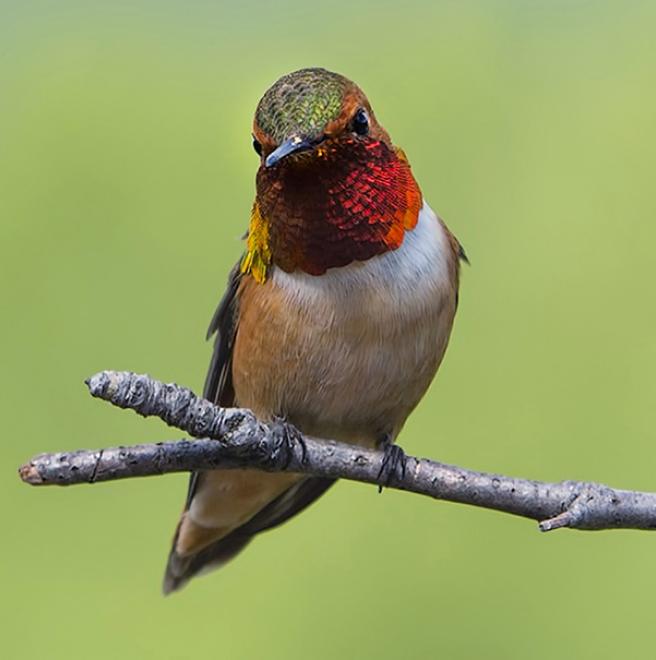
By 2080, this glittering hummingbird is projected to lose 100 percent of non-breeding range in the United States, according to Audubon’s climate model. While gains are possible to the north, the climate impacts to its core winter range in Mexico are unknown because they fall outside the study area, which was confined to the United States and Canada. The model projects that the hummer’s summer range will also be disrupted and move north. How all this disruption affects this charismatic bird, and how changes to flower phenology factor in, remains to be seen.
This tiny hummer is a very long-distance migrant for its size, breeding as far north as southern Alaska and wintering as far south as southern Mexico. It migrates north very early in the year, passing through the deserts of northwestern Mexico and the southwestern United States in February, March, and April, when flowers are widely available in those regions. Its southward migration is early also: Some Rufous Hummingbirds are already moving south by late June, and their peak passage is in late July and August. At that season they mostly follow the high mountain meadows, where wildflower blooms are at their peak in mid to late summer. A new wrinkle in their migratory route involves an eastward shift. Hundreds of Rufous Hummingbirds now spend the winter in the southeastern United States, where gardens and feeders have become omnipresent enough to sustain the birds through the season.
Explore more birds threatened by climate change around the country.
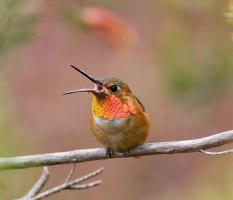
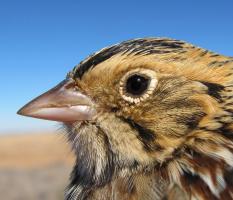
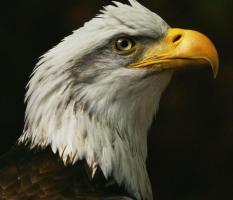
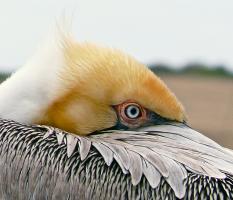

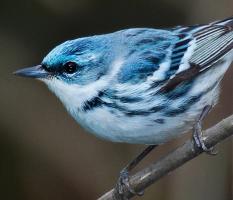
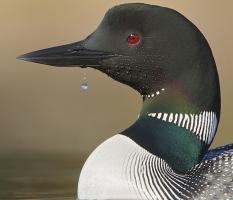
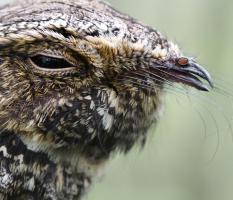





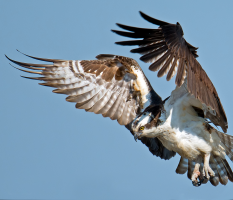
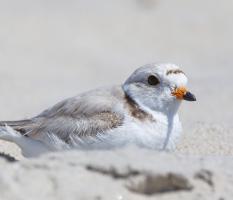

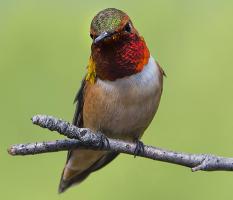

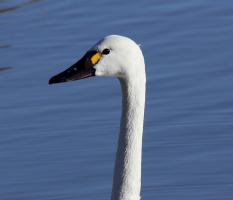
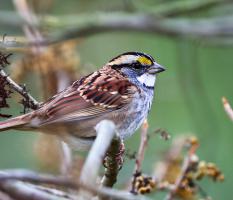

It's easier than you think to make a difference. Become an Audubon member today to help birds facing climate change.